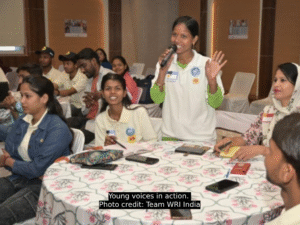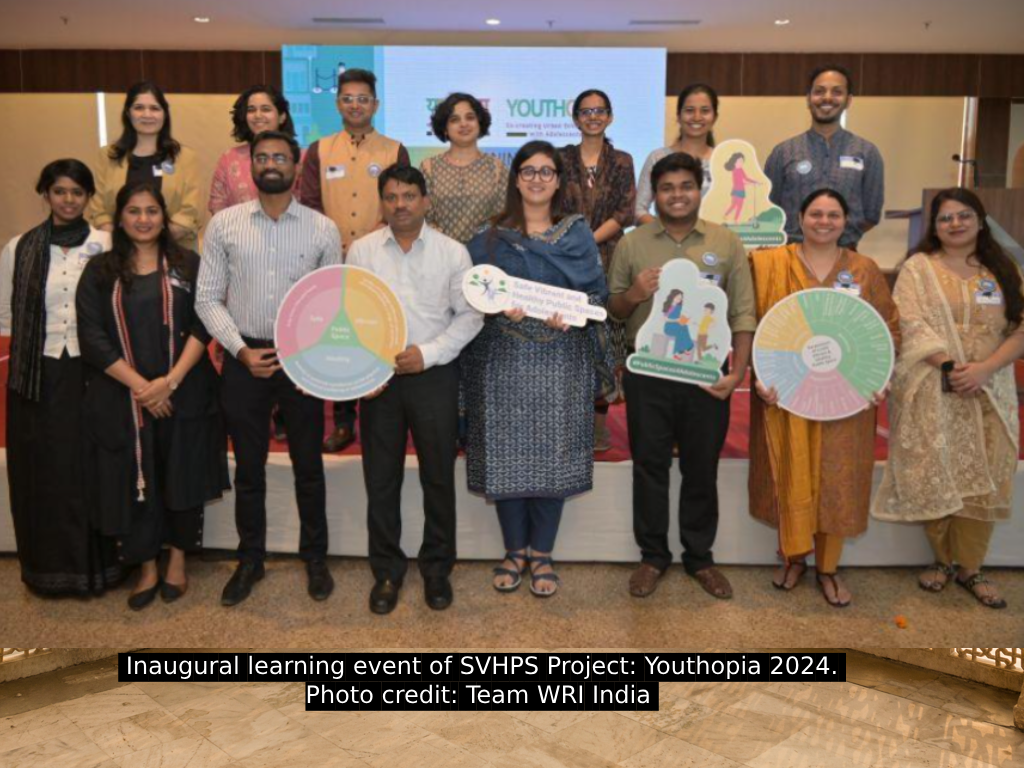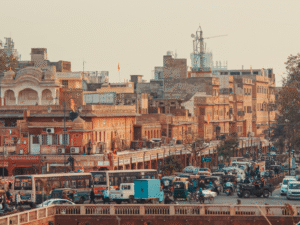In my pursuit of understanding the complexities of public spaces in urban settings, the U-CAN Fellowship gave me the opportunity to engage closely with adolescents in Jaipur through WRI India’s Safe, Vibrant, and Healthy Public Spaces (SVHPS) initiative. Although I have always recognised the scarcity of inclusive public spaces in the city, these interactions helped me build a nuanced understanding of how this issue specifically impacts adolescents, particularly those from underprivileged backgrounds.
The project involves collaborating closely with two local NGOs – Magic Bus India Foundation and I-India. Working with them has offered me invaluable perspectives on the everyday experiences of adolescents in the city. Unlike adolescents from more privileged socio-economic backgrounds who often have access to private clubs, gated community amenities, or paid sports training centers, those from underserved communities rely entirely on public parks and community facilities for play and recreation. Their reliance on these spaces underscores the urgent need to ensure they are secure, accessible, and designed to meet their requirements.
A pressing issue is lack of designated, well-kept spaces that promote adolescent interaction. Parks are either underequipped, dominated by older groups, or seen as unsafe – especially for young girls. Public seating is sparse, and open spaces that may serve as social cores are frequently rendered inaccessible owing to poor lighting, insufficient security, or negligence. Despite these limitations, during my interactions I have been struck by the excitement and passion of the young people – keen to reclaim their spaces, voice their ideas, and actively shape the transformation of their environments.
Another concern is the disparity between policy and ground realities. While municipal planners recognise the importance of inclusive environments, their execution frequently falls short. Public areas remain underutilised or inaccessible as a result of design flaws and a lack of community involvement in decision-making.
Moving ahead, I hope to keep my focus on identifying specific strategies that can make public spaces more inviting to adolescents. Collaboration with urban planners, local authorities, and communities will be critical in establishing long-term solutions that meet the diverse requirements of Jaipur’s youth.

Connect with me:
Email: aashima@urban.org.in, ar.aashima@gmail.com
LinkedIn https://www.linkedin.com/in/aashima-arora-1050b439/


